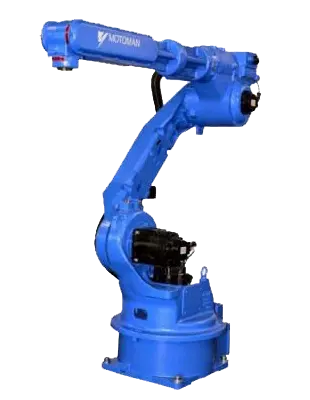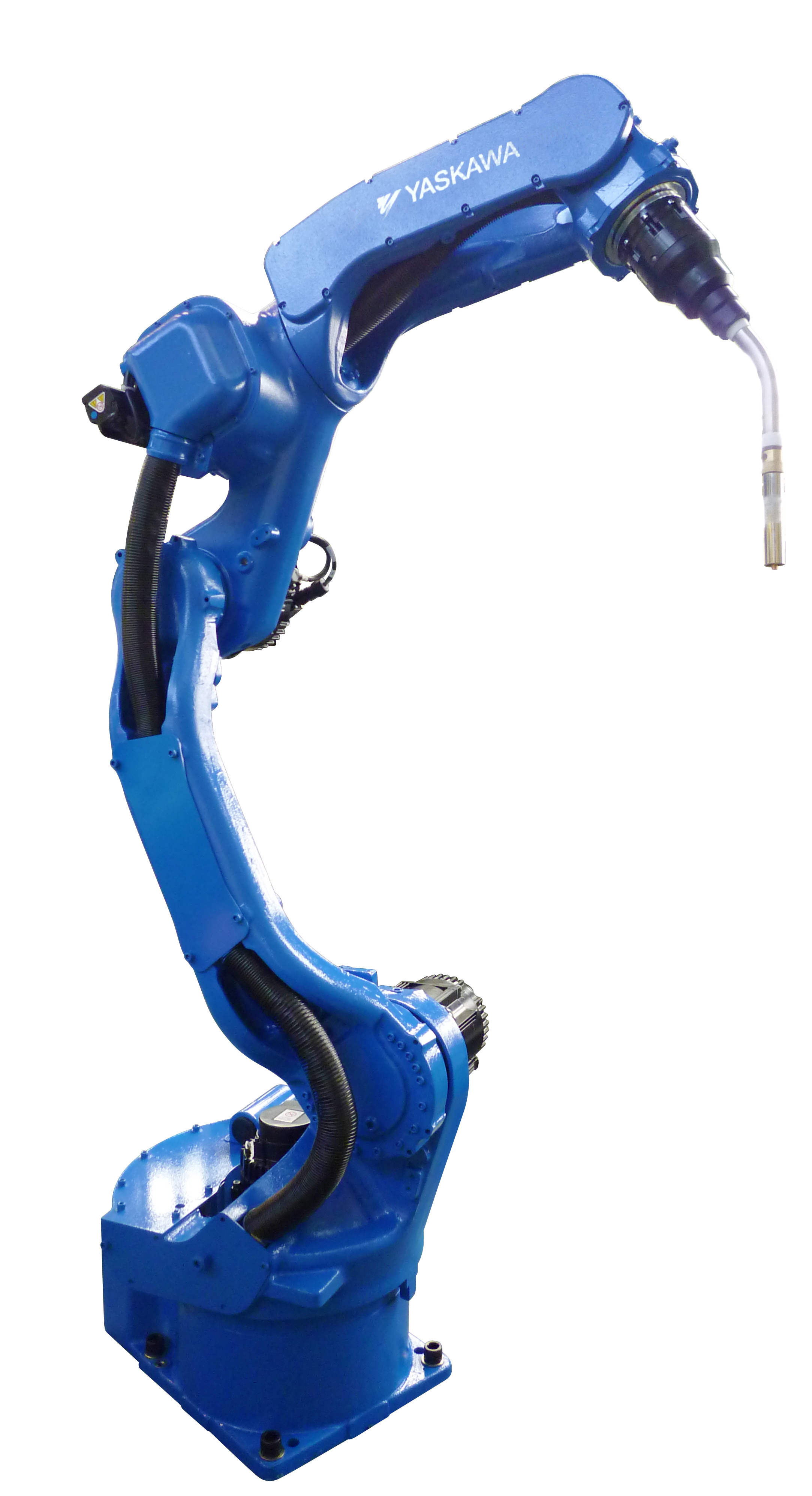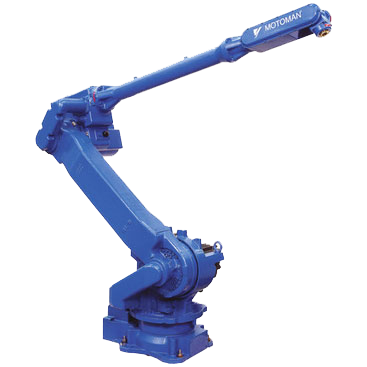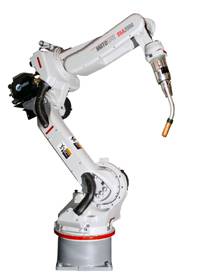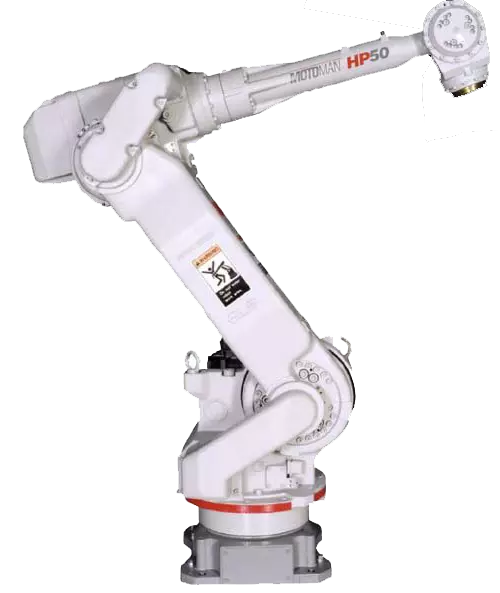Maintaining Your Yaskawa Motoman Robot
Automating with a Yaskawa Motoman robot can optimize a manufacturing process. However, in order to keep the articulated robot and productions running efficiently it is important to prevent deterioration of the robot. Performing routine preventative maintenance of your Yaskawa Motoman robot will prevent deterioration and keep it running at optimal levels. Preventative maintenance is important for preserving the condition of your robot, preventing unexpected breakdowns, and extending the lifespan of the robot. When routine maintenance is conducted a Yaskawa Motoman robot can run for several years or even decades.
Yaskawa Motoman recommends preventative maintenance to be completed every 6,000 servo hours. Servo hours are one of the types of robot hours that can be used for tracking maintenance. Servo hours refer to the running hours of the servo amplifier and are tracked inside the robot. For instance, maintenance should be scheduled for the Motoman MH24 when the servo amplifier accumulates 6,000 hours, 12,000 hours, and 18,000 hours.
- • Grease - Yaskawa Motoman recommends an analysis to be conducted to measure grease iron levels.
- • Robot - Yaskawa Motoman also recommends manually moving the robot to test for abnormal vibrations or noise which can indicate a mechanical issue.
- • Motors - A torque analysis should be conducted for the robot’s motors. If torque is off this can cause inconsistent motion, reducing the robot’s precision.
- • Reducers - A backlash test should be performed to assess the amount of backlash that is in the robot reducers.
In addition to the tests mentioned above, the following tasks should be completed as part of a preventative maintenance plan:
- • Back up the controller memory.
- • Inspect the controller and teach pendant. Evaluate the condition of controller cables and cable connections.
- • Inspect the Yaskawa Motoman robot’s brake system.
- • Observe the robot while running to evaluate potential interference from the harness or cables.
- • Check for loose bolts on the robot, tighten if necessary.
- • Inspect seals for leaks.
- • Replace grease.
- • Clean debris from the robot.
- • Clean vents and cooling fans with compressed air.
- • Test robot and controller batteries, if low they will need to be replaced.
- • Inspect the robot’s EOAT and connections.
When installing a Yaskawa Motoman robot a maintenance plan should be developed. While in general maintenance is recommended every 6,000 servo hours for Yaskawa Motoman robots, users should double check the robot manual as maintenance intervals vary with some of their newer robots. Users should also decide if they will perform the maintenance in-house or out-source it with a robotic integrator. If performing in-house, create a list of maintenance tasks and assign someone who will be responsible for conducting the preventative maintenance.
Contact Robots Done Right in order to discuss selling a used Motoman robot today.
